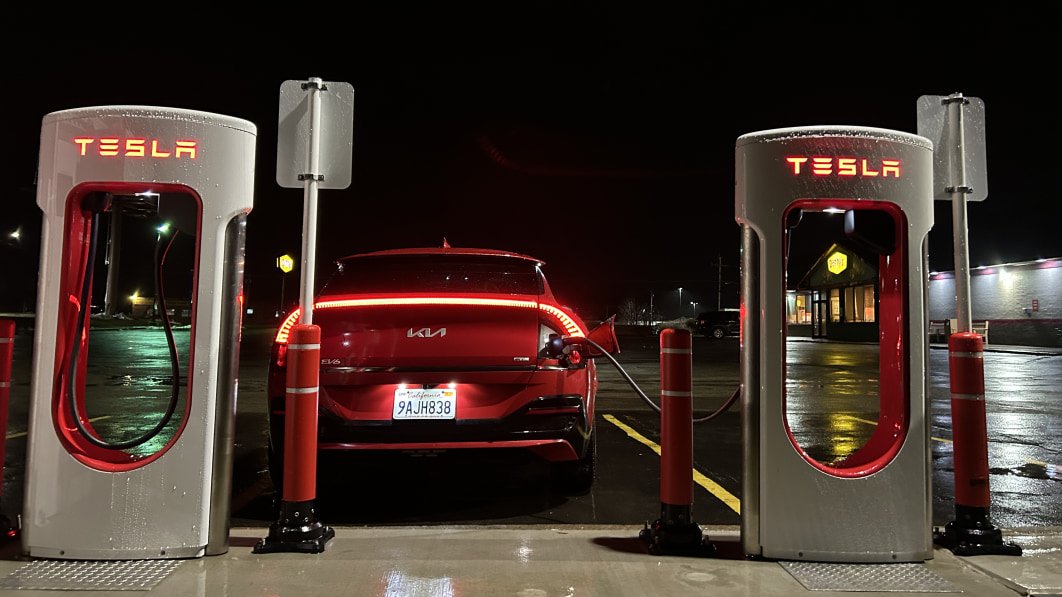Electric Vehicles: The Real Cost
Introduction:
The transition from traditional internal combustion engine cars (ICEs) to electric vehicles (EVS) has begun in many countries across the globe. Whilst commonly sold to us as the future of transport due to their ‘green’ credentials, the environmental impact associated with their production is kept comparatively quiet.
Sustainable Development Goal (SDG) 7 of the United Nations commits the UK to ‘increasing the share of renewable energy’ in the global energy mix, primarily through developing and deploying clean, sustainable energy. While the transition to EVs is central to achieving SDG 7, data suggests there is a dark side to their production before they even hit the roads.
Lithium mining and water consumption:
The vast majority of EVs are constructed using lithium-ion batteries, with the chemical element of lithium itself being central to the creation of these batteries. Extracting the lithium in the first place is no easy task, with the use of salt flats being one of the primary methods of extracting lithium. It involves flooding a salt-flat brine before relying on evaporation and chemical recovery to extract the lithium.
Lithium mining, especially on the scale needed to decarbonise the transport sector, poses major environmental challenges. To put this into perspective, a complete transition to EVs in the US alone could ‘require three times as much lithium as is currently produced for the entire global market’.
One of the most costly aspects of lithium mining is its water usage. To produce just one tonne of lithium, the amount needed for approximately 100 EV batteries, ‘requires approximately 2 million tonnes of water’.
A rapid expansion of lithium mining in Chile has meant that over 65% of the regions water usage is currently consumed through lithium extraction. On top of this, salt extraction often occurs in desert regions, with the enormous water intensity of lithium mining resulting in a plethora of socio-economic problems. Studies already indicate that ‘aboriginal groups inhabiting neighbouring areas are also at risk of dealing with abandoned materials and disrupted ecosystems’.
The ’break-even point’
As a result of the intensity of this mining, there is what is known as a ‘break-even point’ for EVs. Essentially, this is the moment where the environmental emissions associated with the lithium mining necessary for one car are equal to the emissions savings from not burning traditional fossil fuels.
The exact break-even point for an EV is difficult to calculate, with recent data suggesting that EVs must be driven, on average, somewhere between 15,000 and 20,000 miles before they can offset the pollution associated with their production.
Interestingly, the geographic location plays a significant role in dictating the breakeven point of an EV. In Norway, where electricity is generated primarily through hydropower, ‘the break-even point would come after just 8,400 miles’. If the same car was charged with electricity generated from fossil fuels, as they commonly are in China and Poland, you would have to drive 78,700 miles in order to reach the break-even point.
The solution?
Despite the carbon intensity of lithium mining and the variable nature of an EVs ‘break-even point’, EVs continue to be more environmentally friendly than traditional, internal combustion engine cars. Even so, with EV sales expected to increase from 3 million vehicles in 2017 to 23 million in 2030, the environmental impact of lithium mining is severe and far-reaching.
One of the most promising solutions to this is that lithium-ion batteries are highly recyclable, with over 95% of a lithium-ion battery’s components capable of being extracted via hydrometallurgy. This could be significant for the lithium mining industry, especially when paired with the fact that environmental pollution from recycling is insignificant. Currently, only 5% of lithium-ion batteries are being recycled, with major investment and expansion being necessary if recycling EV batteries on any meaningful scale is to be achieved.
Even in light of lithium recycling’s potential, one thing is for sure: Lithium mining is an enormously carbon-intensive practice which, unless the industry is significantly reformed, will have devasting and long-lasting environmental consequences.
By Joseph Trim.


